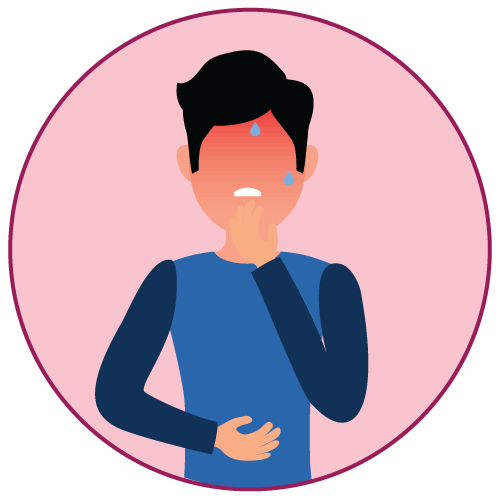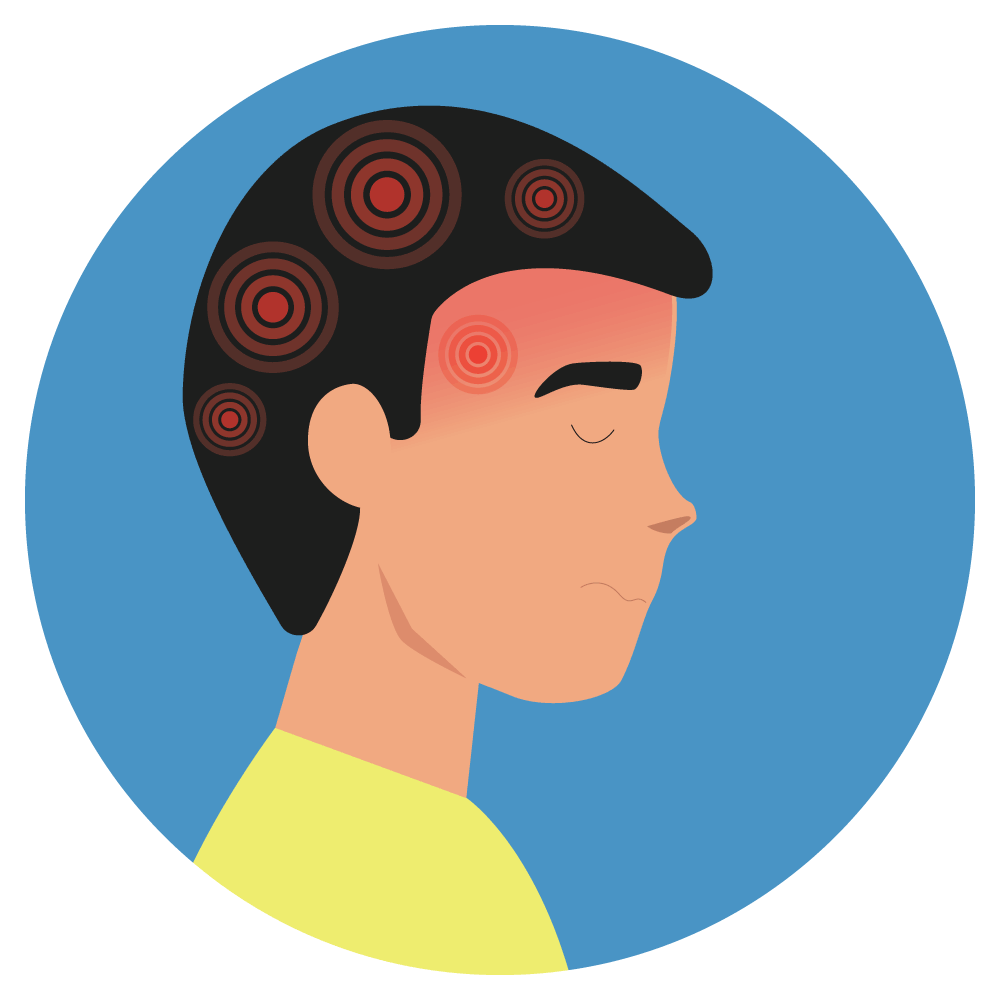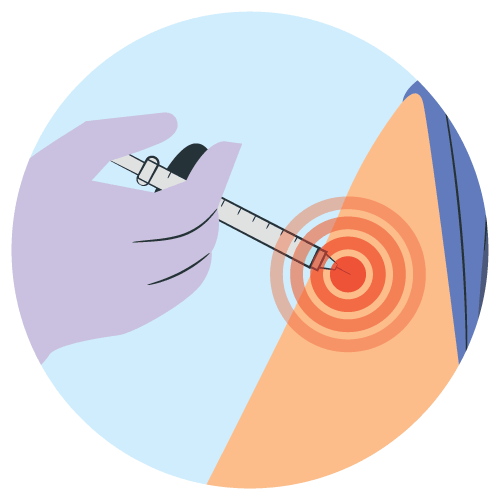| Name | Gonadorelin |
| Classes |
Hormonal Agent Sex Hormone Steroid |
| Diseases |
Amenorrhea Hormonal Disorder |
Gonadorelin
Gonadorelin is a synthetic form of gonadotropin-releasing hormone (GnRH). It acts as a GnRH agonist by binding to and activating GnRH receptors in the pituitary gland. Continuous stimulation of these receptors initially leads to an increase in luteinizing hormone (LH) and follicle-stimulating hormone (FSH) release. However, with prolonged exposure, GnRH agonists like gonadorelin desensitize the pituitary gland, resulting in decreased LH and FSH levels. This downregulation ultimately suppresses gonadal steroidogenesis.
Gonadorelin is indicated for Diagnostic testing of pituitary gonadotropic and gonadal functions.
Adults and Elderly: 100 micrograms, subcutaneously or intravenously. In females for whom the menstrual cycle phase can be established, the test should be performed in the early follicular phase (days 1-7).
Pediatric population: The safety and efficacy of gonadorelin in children under one year have not been established. No data are available.
Common Adverse Reactions include-
- Hot flashes
- Headache
- Injection site reactions (pain, erythema, swelling)
-
Ovarian Hyperstimulation Syndrome (OHSS):
- Monitor patients for signs of OHSS, especially in assisted reproductive technology (ART) procedures.
-
Cardiovascular and Metabolic Effects:
- Consider cardiovascular and metabolic risks, especially in patients with preexisting conditions.
-
Hypersensitivity Reactions:
- Monitor for hypersensitivity reactions. Discontinue gonadorelin if anaphylaxis or other serious hypersensitivity reactions occur.
-
Bone Mineral Density:
- Long-term use may lead to decreased bone mineral density. Consider monitoring bone health in prolonged treatment.
Contraindication
Gonadorelin is contraindicated in individuals with a known hypersensitivity to gonadorelin or any of its components.
None known.
None known.
 Bangla
Bangla English
English

